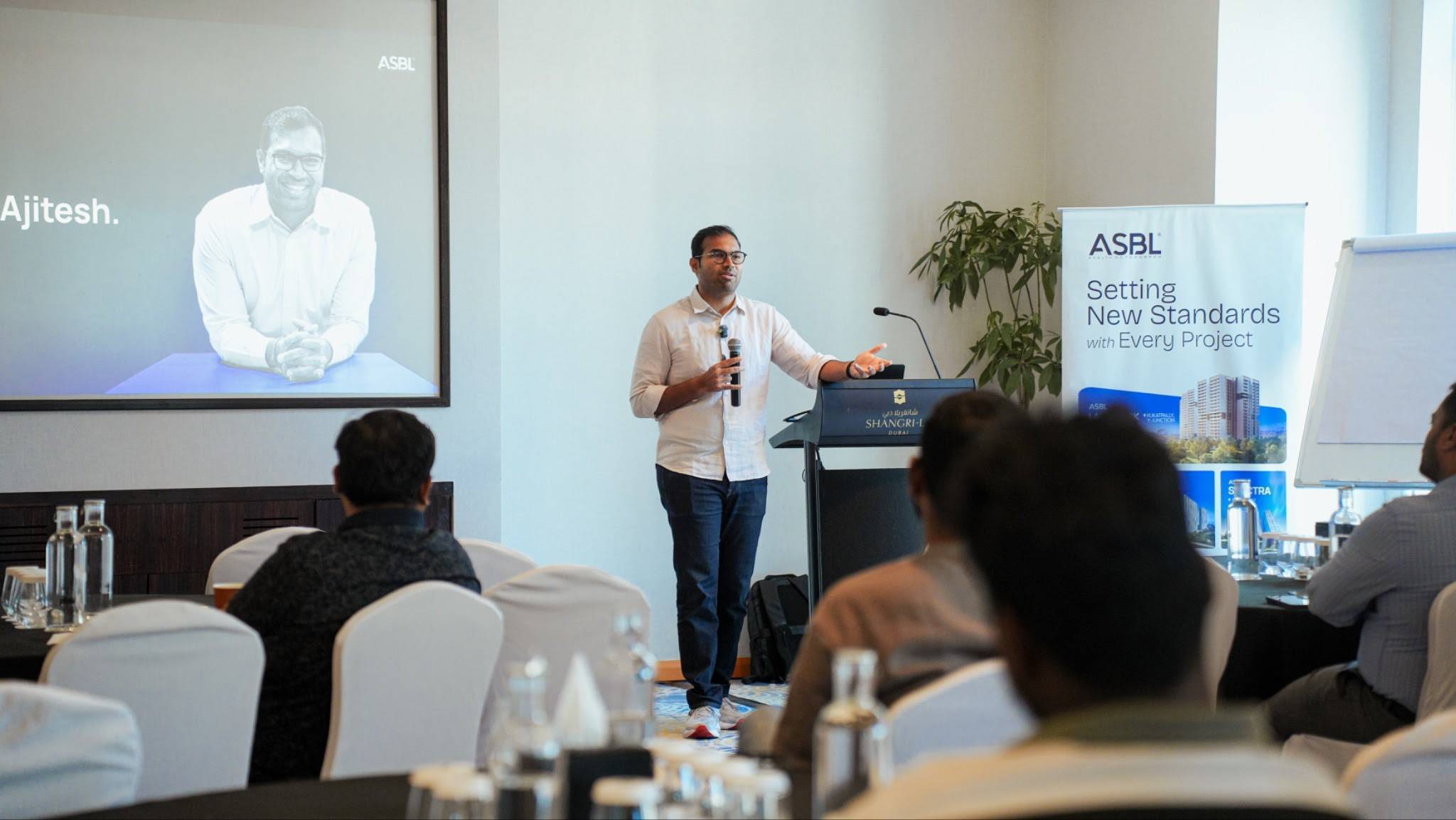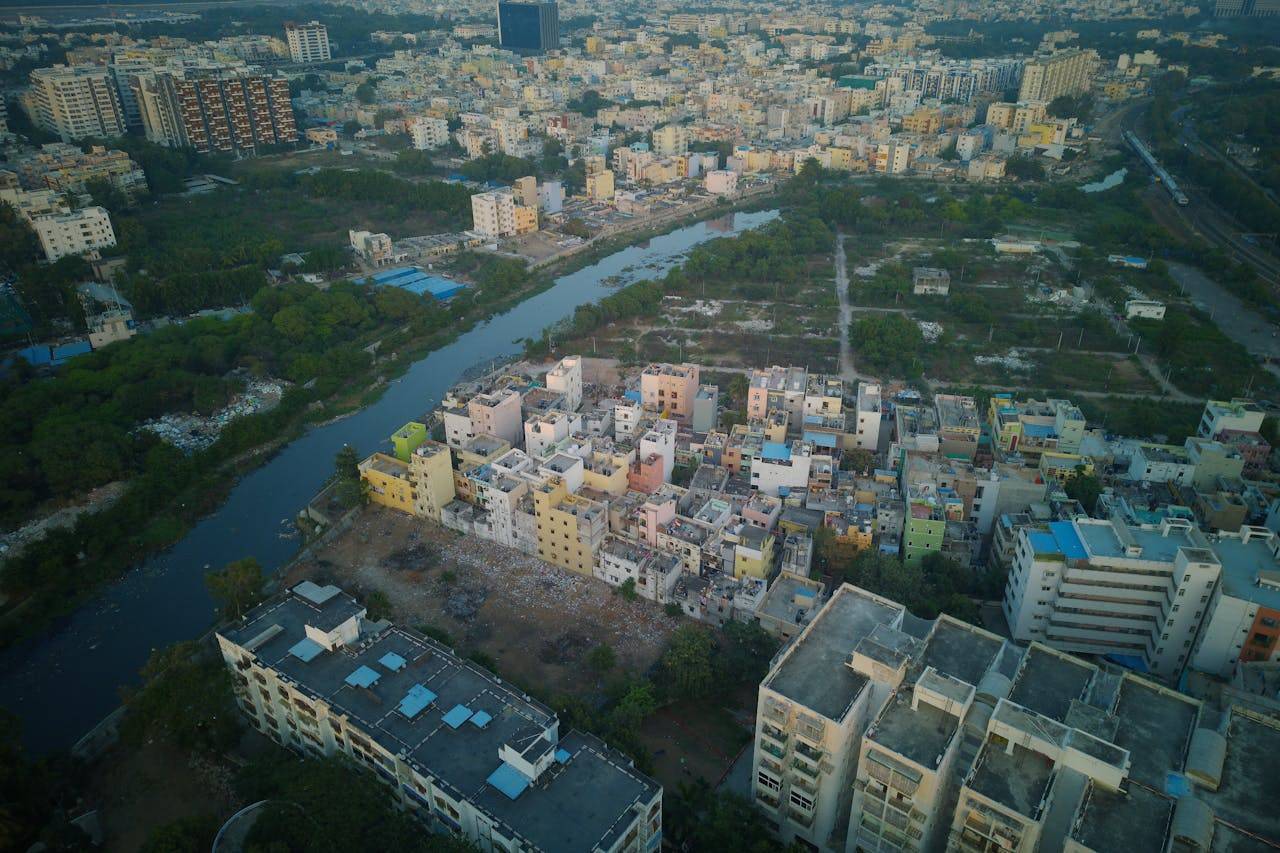The Bengaluru real estate market in Jakkur has been facing delays in the handover of high-rise apartments due to issues related to obtaining a no-objection certificate (NOC) from a nearby flying training school. This issue has affected several residential projects over the past two years, leaving both developers and homebuyers frustrated, as projects have been completed but possession has been delayed.
Delayed Possession Due to NOC Issues
The primary reason for these delays is the NOC requirement from the Government Flying Training School near the Jakkur Aerodrome. Developers, such as Provident Housing, have struggled to secure occupancy certificates from local authorities without this NOC. Despite having completed construction and submitting all necessary documentation, developers have been unable to hand over apartments without this approval. The Karnataka Real Estate Regulatory Authority (KRERA) intervened after Provident Housing faced a delay of over six months in obtaining the NOC. Homebuyers, like Amit Kumar, have filed complaints with KRERA, seeking compensation for the delays in possession.
For Provident Housing, the Provident Neora project, which was initially scheduled for handover in September 2023, had to wait 13 months before the NOC was issued. The Bruhat Bengaluru Mahanagara Palike (BBMP) had refused to issue the occupancy certificate until the flying school provided the required NOC. The delay forced the developer to file a writ petition in the Karnataka High Court, which directed the flying school to issue the NOC within four weeks. The handover was completed in March 2024 after this intervention.
Impact on Homebuyers and Developers
The delay in issuing the NOC has affected both homebuyers and developers. Homebuyers like Kumar, who had purchased apartments in the Provident Neora project, were left with ready homes but unable to occupy them due to regulatory hurdles. As a result, many have sought compensation for the time lost. Developers, in turn, have faced financial losses and incurred additional legal costs due to extended timelines and uncertainty over NOC issuance.
Other developers in the Jakkur area have faced similar delays despite completing their projects on time. The 2.7 km radius around the Jakkur Aerodrome, where strict height restrictions are enforced, has further complicated the approval process, making it difficult for developers to secure necessary clearances.
Regulatory Hurdles and the Need for Change
Amar Mysore, President of CREDAI Bengaluru, pointed out the unique challenges faced by the city’s real estate sector, particularly in areas near airports and aerodromes. Developers are required to obtain NOCs from multiple aviation authorities, such as Bangalore International Airport Limited (BIAL), Hindustan Aeronautics Limited (HAL), and the Yelahanka Airforce Station. In Jakkur, the height clearance is restricted to 45 meters, which adds to the complexity of obtaining approvals for high-rise buildings.
Mysore noted that these delays not only affect developers but also discourage potential buyers from investing in the region. Despite Jakkur’s potential as a location for residential and commercial development, the ongoing NOC delays have hindered growth in the area. With its proximity to Kempegowda International Airport and connectivity to areas like Hebbal and Hennur, Jakkur remains a desirable location, but these delays are preventing its full development.
Proposed Solutions and Government Action
CREDAI recently met with Karnataka’s Deputy Chief Minister D. K. Shivakumar and Additional Chief Secretary Manjunath Prasad to propose the relocation of the Jakkur Aerodrome to a less populated area. Moving the aerodrome could alleviate some of the regulatory challenges and reduce safety concerns related to having an active flying school in a residential area.
CREDAI also recommended that the Karnataka State Remote Sensing Application Centre (KSRAC) conduct an aeronautical survey of the region to streamline the approval process for future developments. The survey could help standardize building heights for projects within the 2.7 km radius, easing the clearance process for developers.
Although the state government has shown willingness to address these issues, the relocation of the aerodrome and resolution of the NOC problem are still ongoing concerns. Until these steps are implemented, developers will continue to face significant challenges in completing and handing over projects in the Jakkur area.
Future Prospects for Jakkur and Bengaluru’s Real Estate Market
Despite the challenges, Jakkur remains a prime location for real estate development in North Bengaluru. Its proximity to the airport and good connectivity to key areas like Hebbal, Yelahanka, and Hennur make it an attractive destination for developers and homebuyers. However, for Jakkur to reach its full potential, it is crucial that the regulatory bottlenecks, particularly the NOC and height clearance issues related to the Jakkur Aerodrome, are resolved.
The government’s steps, such as relocating the aerodrome and conducting the aeronautical survey, offer promising solutions. If these measures are implemented successfully, they could pave the way for quicker and smoother approvals, benefiting developers and prospective homebuyers alike.









.png)